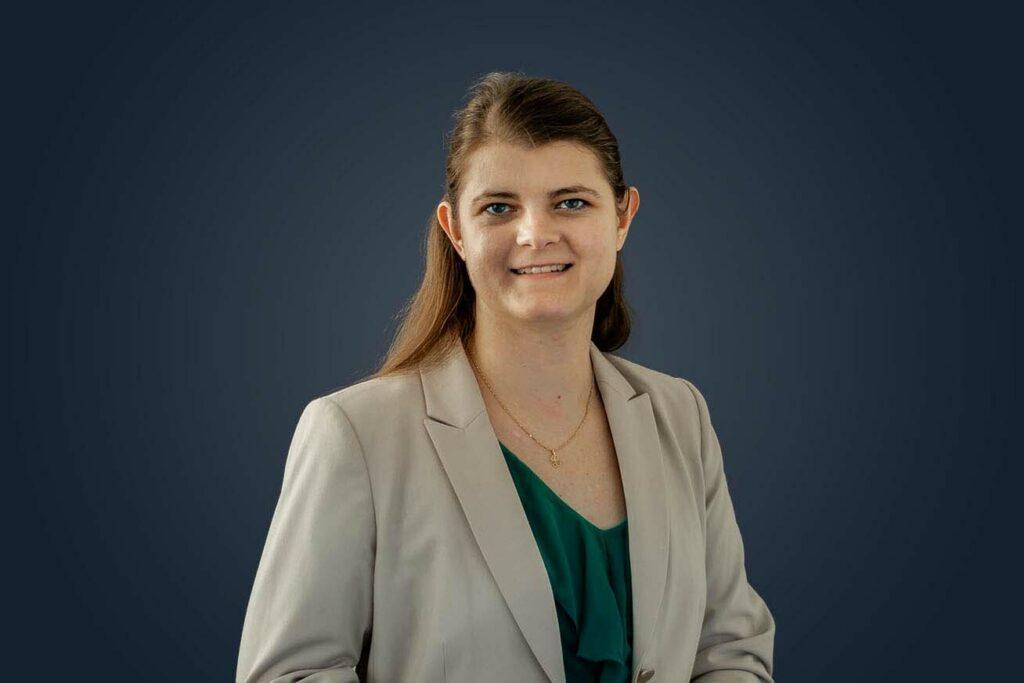Last fall, the Ohio Supreme Court handed down an opinion that addresses negligence and vicarious liability in the context of a professional malpractice claim. Following is case analysis from Reminger Law, which provides claims avoidance and repair services for law firms that are in the Alta Pro RPG.
Guest post by Brianna Prislipsky, Esq.
(reprinted with permission)
In Clawson v. Hts. Chiropractic Physicians, L.L.C., Slip Opinion No. 2022-Ohio-4154, a 4-3 opinion issued November 23, 2022, the Supreme Court of Ohio held that a claim that a chiropractor’s employer was vicariously liable for its chiropractor’s negligence could not be asserted by a plaintiff if the claim against the chiropractor was time-barred. The Court concluded that, if the chiropractor was not directly liable to the plaintiff for malpractice, the chiropractor’s employer could not be vicariously liable for the chiropractor’s conduct.
In so doing, the Court applied a prior holding that had precluded certain claims against a law firm when direct claims against the firm’s attorney were time-barred, and it extended that holding to the chiropractor’s employer and to medical malpractice claims more generally.
When you have professional liability insurance coverage through Alta Pro Insurance, you’ll have the claims repair and legal defense experts of Reminger Law on your side. Want a resource like that in your practice? Here’s how to get it.
Clawson v. Hts. Chiropractic Physicians, L.L.C.
The plaintiff’s claims in Clawson arose out of alleged chiropractic malpractice that occurred in 2014, when the plaintiff alleges her chiropractor applied excessive pressure during a procedure, causing a breast implant to rupture. The plaintiff asserted claims against both the chiropractor and his employer. In 2019, the chiropractor was dismissed from the action because the plaintiff had been unable to perfect service, leaving only his employer as a defendant.
After the chiropractor was dismissed from the suit, his employer filed for dismissal, arguing that it could not be vicariously liable for its employee’s alleged negligence if the plaintiff could no longer maintain a direct claim of malpractice against the chiropractor. The trial court granted the employer’s motion, but this ruling was reversed by the Second District Court of Appeals. The Supreme Court accepted the case and reversed again, holding that the plaintiff’s claims against the employer were no longer viable because the direct claims against the chiropractor were time-barred.
The Supreme Court’s opinion relied in part on a 2009 decision in a legal-malpractice matter, Natl. Union Fire Ins. Co. of Pittsburgh, PA v. Wuerth, 122 Ohio St.3d 594, 2009-Ohio-3601, 913 N.E.2d 939, wherein the Court held that a law practice could not be vicariously liable for a malpractice claim against one of its attorneys after the applicable statute of limitations had expired. Because the theory of liability was indirect and arose out of the relationship between the firm and the attorney, the Supreme Court held that the firm could not be directly liable for the attorney’s negligence and that any vicarious liability was consequently dependent on the attorney’s direct liability. Thus, because the statute of limitations had expired for the attorney, the Supreme Court held that the lawsuit could no longer be brought against the practice.
Expansion of Wuerth
Since then, appellate courts have applied Wuerth to other agency relationships, including those between doctors and hospitals, and dentists and dental practices. Now, the Supreme Court has indicated that the logic extends to chiropractors and their employers. The rationale utilized by the Court, however, seemingly applies to other relationships upon which vicarious liability could be imposed:
This court’s discussion in Wuerth of the practice of medicine or law as being restricted to licensed individuals, however, related exclusively to the issue of whether a law firm could be directly liable for malpractice. There is no suggestion that either Wuerth’s status as an attorney or his law firm’s inability to directly commit malpractice informed this court’s analysis of the vicarious-liability issue. To the contrary, with respect to vicarious liability, we found “no basis for differentiating between a law firm and any other principal to whom Ohio law would apply.” Clawson, ¶ 23 (internal citations omitted).
In reaching its holding, the Court expressly rejected the implication that its holding in Wuerth was limited to any particular agency relationship. In so doing, it inferred that the rationale in Wuerth could apply to traditional employment relationships as well as independent contractor relationships and owner/part owner relationships, such as with law practices.
Because the presumption under Ohio law is that decisions by appellate courts can be applied retroactively, and prospective-only application of a decision is typically only permitted under exceptional circumstances, Clawson could prove to be fatal in many ongoing vicarious liability suits in which only an employer has been named. For employers and other entities facing vicarious liability claims in ongoing suits, Clawson may provide a basis for dismissal if their employees or agents were not named as parties, and the underlying statutes of limitation against the individual employees or agents have expired.
Liability of Nurses and Medical Technicians
While the Clawson decision was focused on a medical malpractice claim involving a chiropractor, the holding may impact vicarious liability claims arising from the care provided by nurses, medical technicians, and similar medical care providers. Arguably, a failure to join these necessary parties prior to the expiration of the relevant statute of limitations may subject a plaintiff’s claims to dismissal.
In sum, given the broad language used in Clawson, it appears Wuerth could apply to any respondeat superior claim. Thus, it is anticipated that litigants will seek to extend the Court’s holding into other areas of law, including matters involving trucking liability, pharmacy liability, corporate liability, and many other fields in which vicarious liability claims are common. Though it remains to be seen how broadly lower courts will interpret and apply Clawson, the ramifications of the Court’s opinion have the potential to be substantial.
It is further anticipated that plaintiffs will react to this opinion by exercising greater caution in filing future claims and that they may resort to naming numerous care providers who were involved with a patient, even minimally, to prevent dismissal under Clawson.
If you have any questions about this opinion and its impact on current or future litigation, please contact a member of Reminger’s Medical Malpractice Practice Group.

ABOUT THE AUTHOR
Brianna Prislipsky is an associate attorney in Reminger Co. LPA’s Cleveland office. She focuses her practice on appellate advocacy, insurance coverage, professional liability, and employment law. Brianna first joined the firm as a law clerk in Reminger’s Youngstown office, where she gained valuable experience in all aspects of litigation, including complex brief writing.
This has been prepared for informational purposes only. It does not contain legal advice or legal opinion and should not be relied upon for individual situations. Nothing herein creates an attorney-client relationship between the Reader and Reminger. The information in this document is subject to change and the Reader should not rely on the statements in this document without first consulting legal counsel.
















